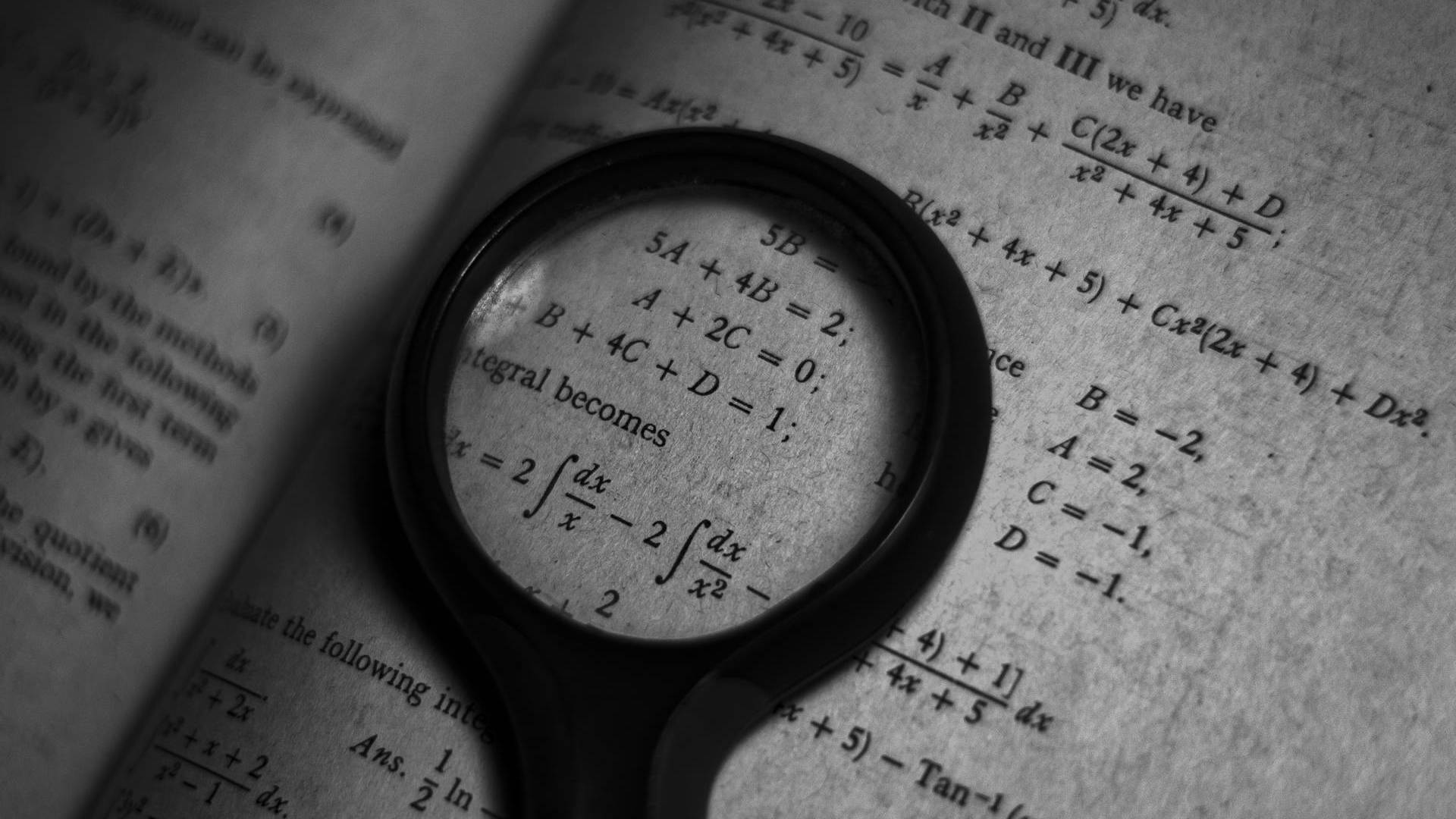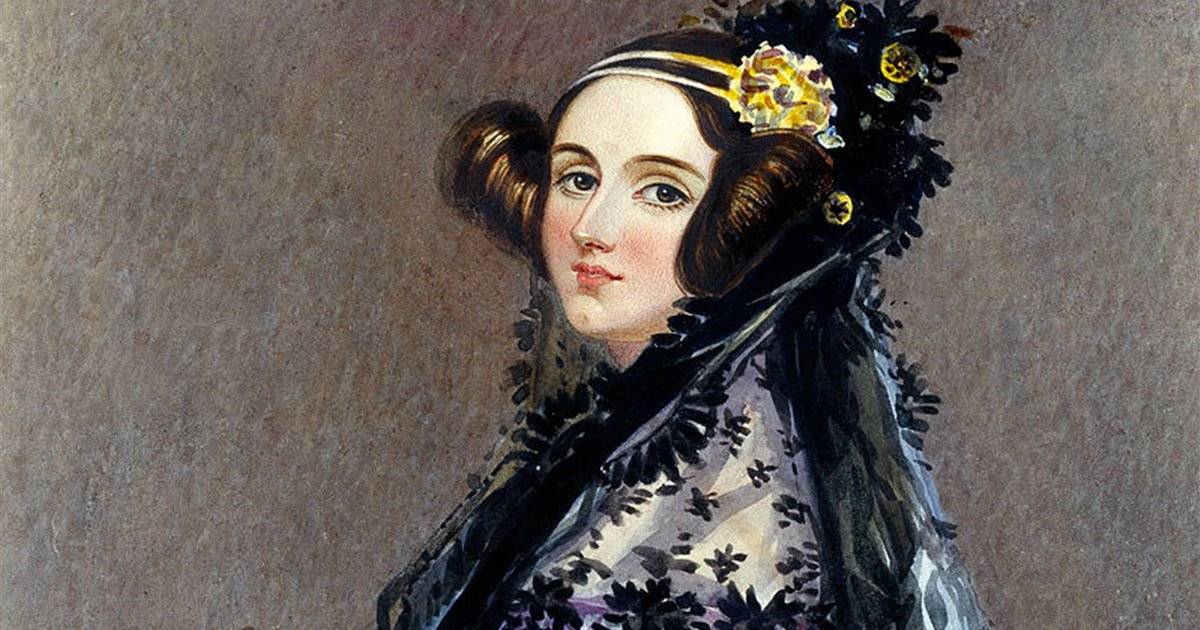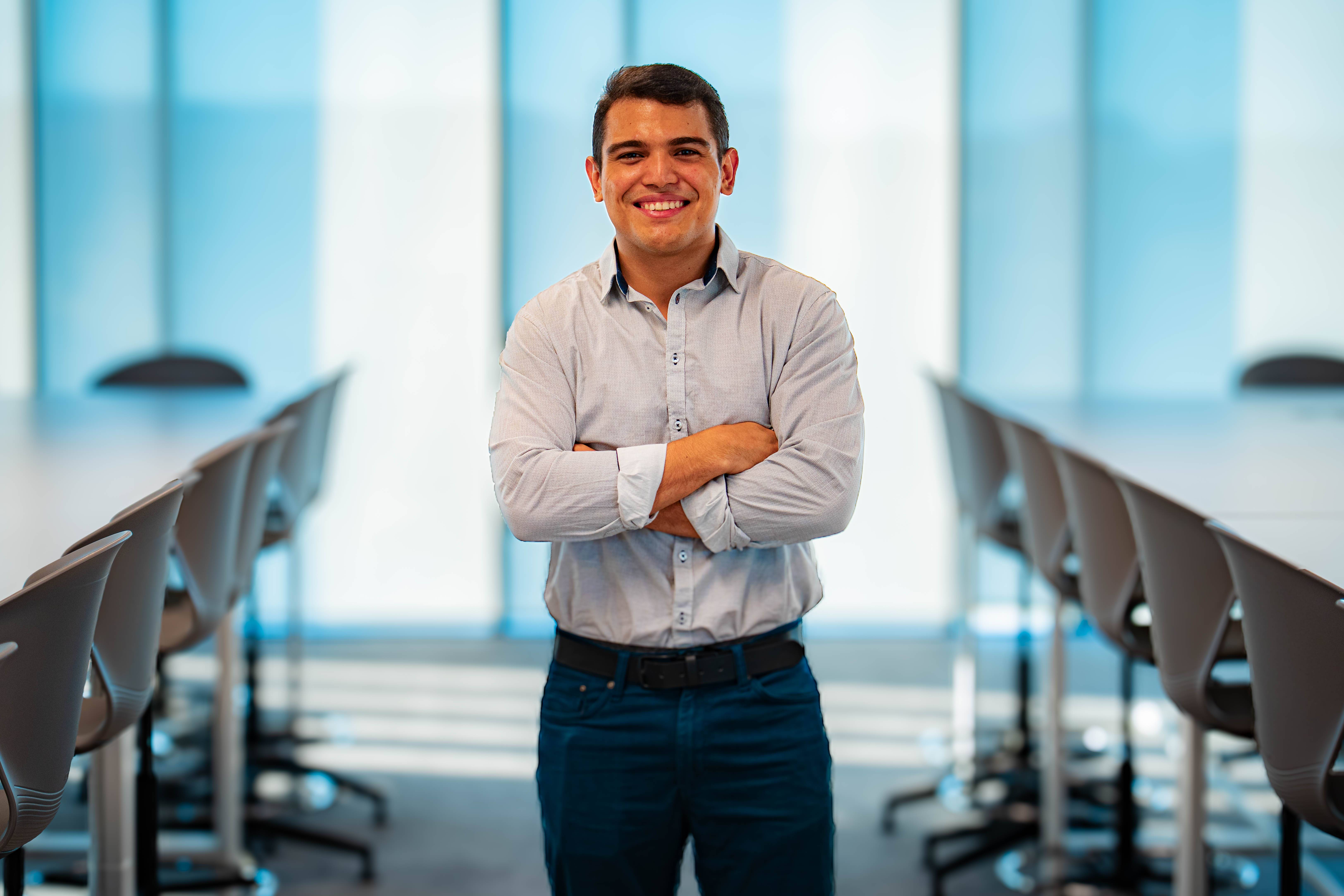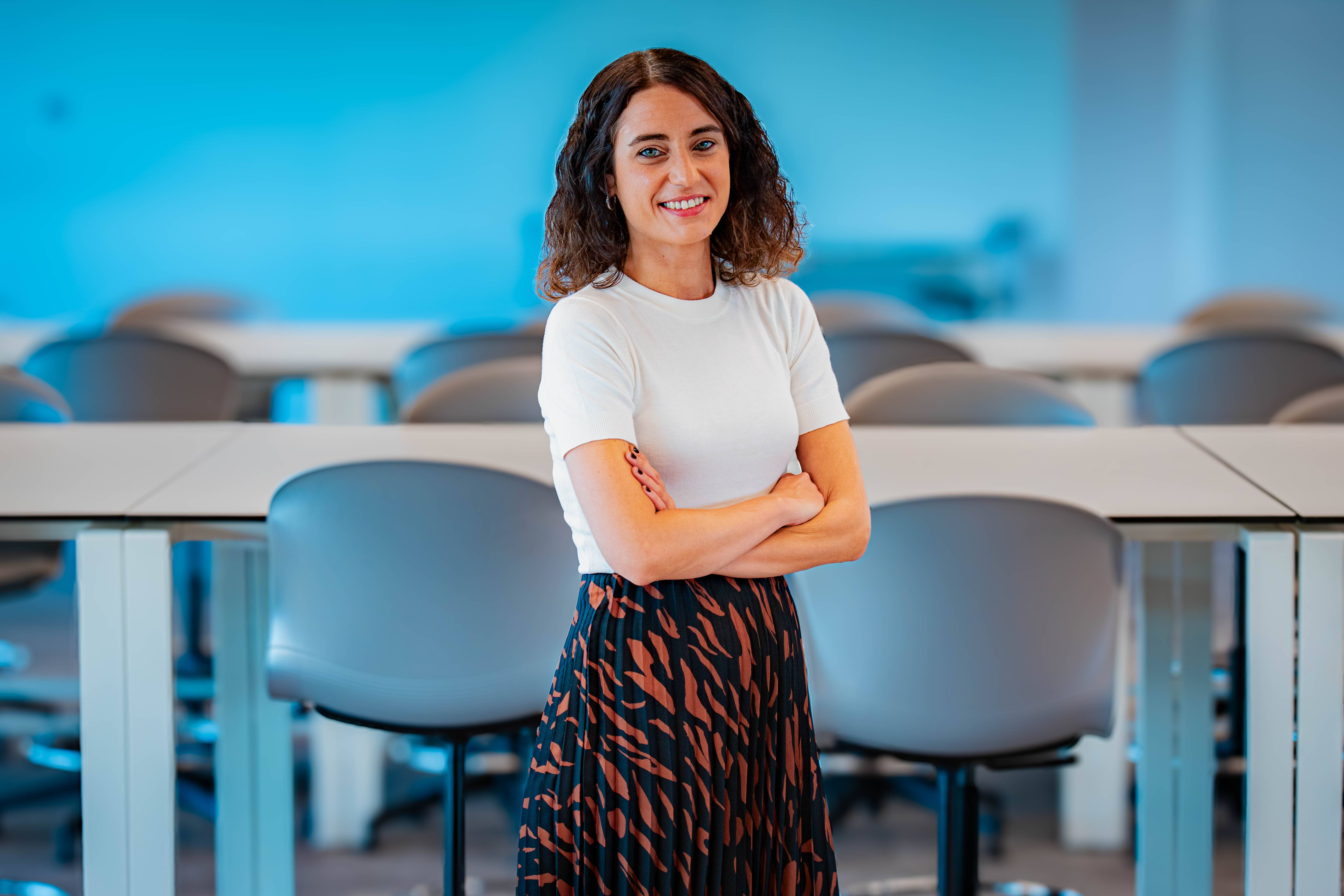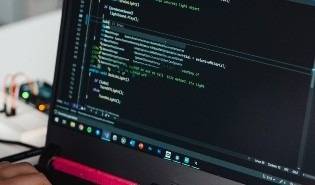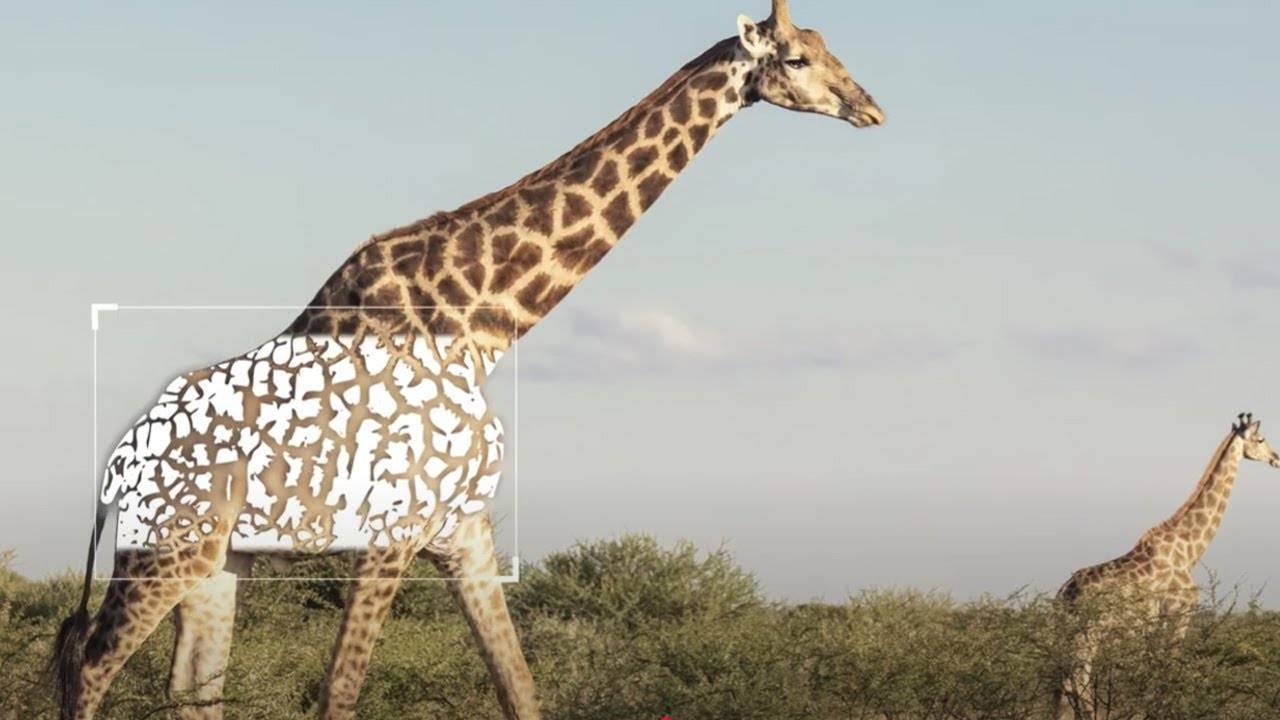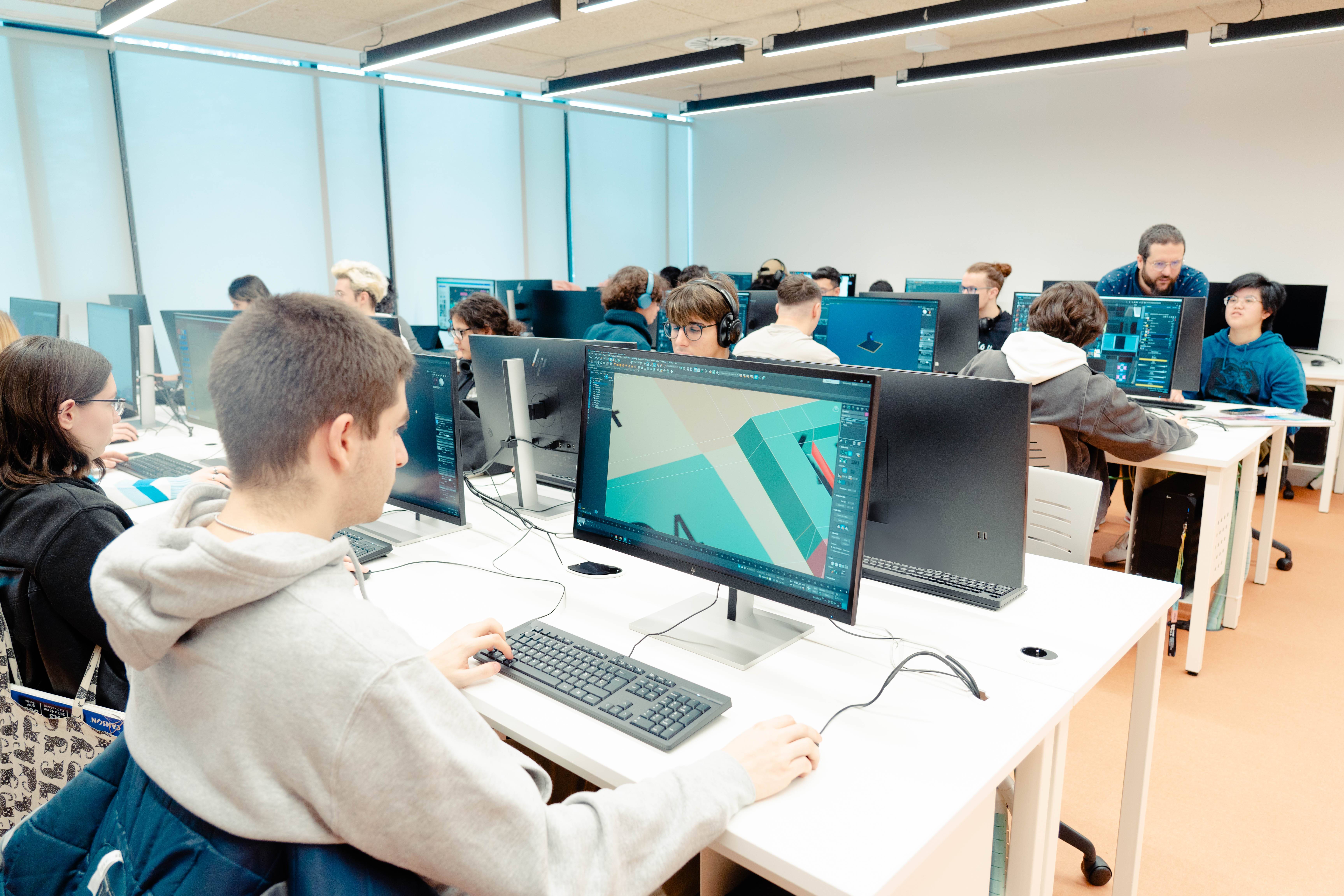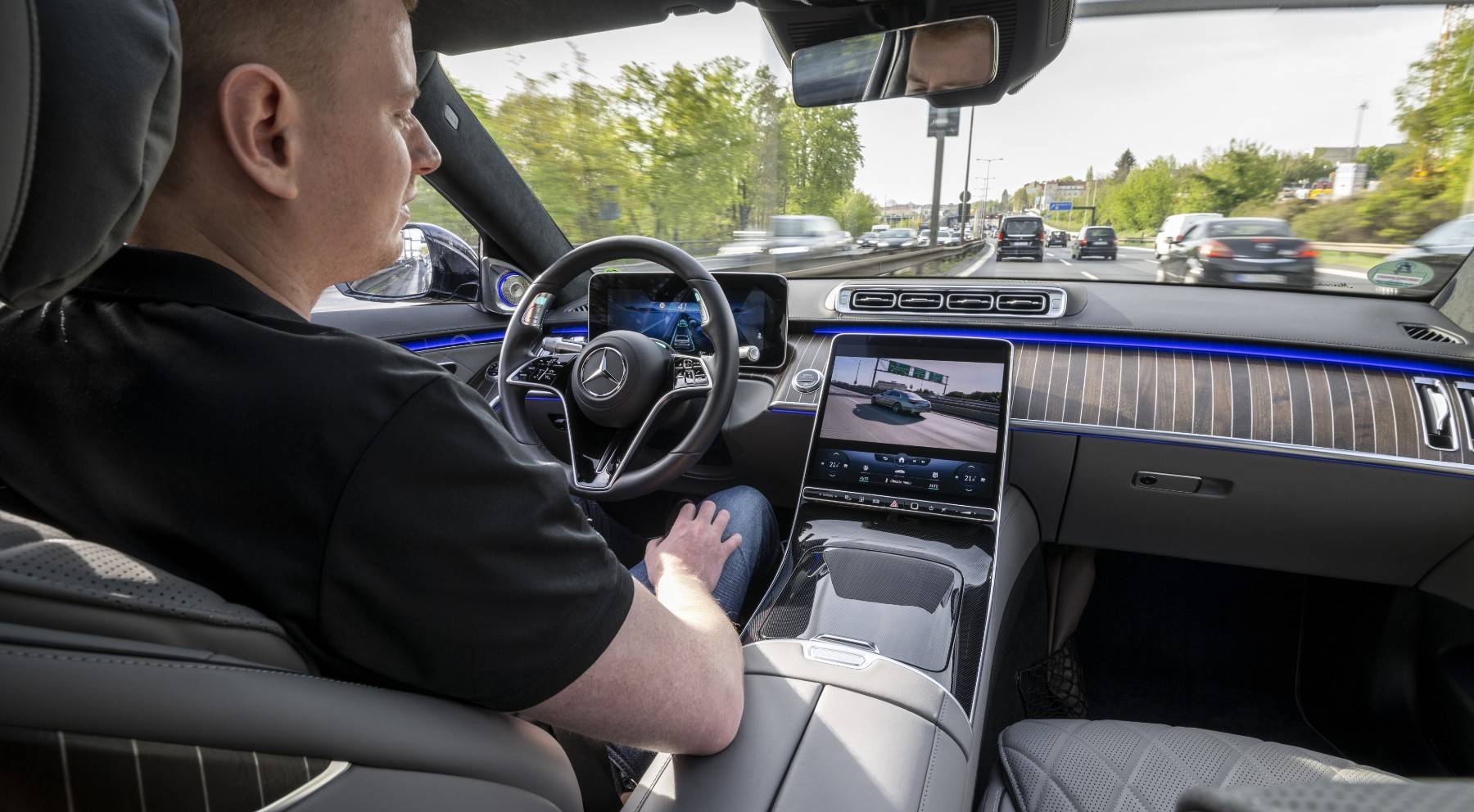Five mathematicians who have changed the history of computer science
History is written by its protagonists. In the world of computing and mathematics, those protagonists are the scientists whose ideas have revolutionised the way we live, work and communicate. From pioneers like Alan Turing and Ada Lovelace, who laid the foundations of computing, to contemporary mathematicians who are driving artificial intelligence, cybersecurity and quantum computing, their legacy shows that without mathematics there is no computing and that the union of both disciplines is shaping up to be one of the most interesting and promising careers of the 21st century.
5 names of mathematicians you should know
Ada Lovlace (1815-1852)
British mathematician and writer who, thanks to her pioneering vision, laid the foundations of computer programming long before computers existed.
The daughter of the poet Lord Byron and the mathematician Annabella Milbanke, Ada was educated in science and mathematics, which was unusual for a woman of her time. Her big break came when she met Charles Babbage, a British inventor working on the Analytical Engine, a mechanical device designed to perform complex calculations. Fascinated by the idea, Lovelace collaborated with him and wrote what is considered the first programme in history.
In 1843, while translating an article by Italian engineer Luigi Federico Menabrea on the Analytical Engine, Ada added a series of notes that tripled the length of the original text. In these notes, he developed an algorithm for calculating Bernoulli numbers, describing step by step how the machine could process the information in an automated way. This algorithm is considered the first computer program in history, and its structure is similar to that of modern programming languages.
Alan Turing (1912-1954)
Few mathematicians have had a greater influence on the course of history than Alan Turing. Considered the father of theoretical computer science and artificial intelligence, Turing developed the concept of the "Turing machine", which is the basis of modern computers.
In reality, the "Turing machine" is a theoretical model that defines the operation of a system capable of processing information by means of an infinite tape divided into cells, a reader-writer head that moves over the tape and a table of rules that dictates how to modify the symbols according to the state of the machine.
A practical example of a Turing machine would be a basic calculator that adds numbers represented by symbols on a tape. To calculate 2 + 3, the machine starts with two groups of 1s separated by a +, moves the head on the tape and, following its rules, transfers 1s from the second group to the first until the operation is complete, resulting in 1 1 1 1 1 1 1 (the number 5).
This model formalised the concept of algorithm and computability, laying the foundations of modern computing and demonstrating which problems can be solved by a mechanical process.
It was this system that cracked the Enigma code used by the German army in World War II, and it remains the foundation on which modern computing is built. Although today's computers are much more complex, the principles are virtually identical, with memory (RAM like tape), processors (the read-write head) and programs (the rule table).
John von Neumann (1903 - 1957)
John von Neumann was a Hungarian-American mathematician, physicist and computer scientist, considered one of the great geniuses of the 20th century. His contributions spanned mathematics, quantum physics, economics and, above all, computer science.
A mentor of Alan Turing, one of his greatest contributions was the von Neumann Architecture, a model of computation that served as the basis for virtually all modern computers. It is based on the idea of a single memory that stores both data and instructions, allowing the sequential execution of programs. This is what we know today as RAM (random access memory) and which has grown from approximately 5.5 KB in the EDVAC of 1949 (the first computer with this architecture), to the 16, 32 or 64 GB that equip many of the computers that today are destined for the domestic market.
John von Neumann is also known for developing mathematical game theory, the basis of economics, artificial intelligence and optimisation algorithms, as well as for his participation in the famous Manhattan Project, helping in the calculations for the development of the atomic bomb.
Claude Shannon (1916-2001)
Claude Shannon was an American mathematician, engineer and cryptographer whose work laid the foundations for everything related to data transmission and storage.
In 1948, he published his famous paper "A Mathematical Theory of Communication", where he introduced the concept of the bit as the fundamental unit of information and established the mathematical basis for the efficient transmission of data over networks.
His work enabled the development of data compression, error correction and transmission channel capacity, essential building blocks for the Internet, mobile telephony and digital storage. He also applied Boolean algebra to electrical circuits, demonstrating that logical operations could be implemented with switches, which laid the foundations for digital computing.
In addition to working with Turing on encryption techniques during World War II, he also explored artificial intelligence and cybernetics, designing Theseus, an electromechanical robot capable of learning to solve mazes.
Barbara Liskov (1939- )
Barbara Liskov is an American mathematician and computer scientist whose work has been instrumental in the development of object-oriented programming, distributed systems and computer security.
Born in 1939, she was one of the first women to earn a PhD in computer science in the United States. One of her most outstanding contributions is the Liskov Substitution Principle (LSP), a key rule in object-oriented programming that states that if a class inherits from another, it must be able to be used in its place without altering the functioning of the program.
Imagine a transport system in an application, where there is a Vehicle class with functions such as accelerate and brake. If we create subclasses such as Car or Truck, they must respect the behaviour of Vehicle so that they can be used interchangeably without causing errors. However, if we add a Bicycle that requires pedals instead of a motor, and it does not correctly implement the expected functions, it could break the system. The principle ensures that derived classes are compatible with the original, making the code more modular, reusable and error-free.
This principle has been crucial to the development of languages such as Java, C++ and Python. He also led the development of CLU, a programming language that pioneered the introduction of concepts such as data abstraction, which today are essential in software engineering.
The mathematics of the future
There are currently thousands of mathematicians whose contributions are key to the advancement of computer science in all fields: from cybersecurity to artificial intelligence, from cloud computing to the development of new programming languages and ways of programming.
Shafi Goldwasser, a pioneer in cryptography and computer security, has developed key models for secure data encryption. Terence Tao, considered a mathematical prodigy, has made important advances in number theory and harmonic analysis, with applications in algorithms and quantum computing. Tim Roughgarden has revolutionised the intersection between computer science and economics with his studies in algorithms and game theory, and Spain's Nuria Oliver has become a world leader in artificial intelligence by applying mathematical models to the analysis of massive data.
More information
Degree in Mathematics Applied to Software Engineering
How applied mathematics is revolutionising computer science
5 reasons why you should study applied mathematics in software engineering

